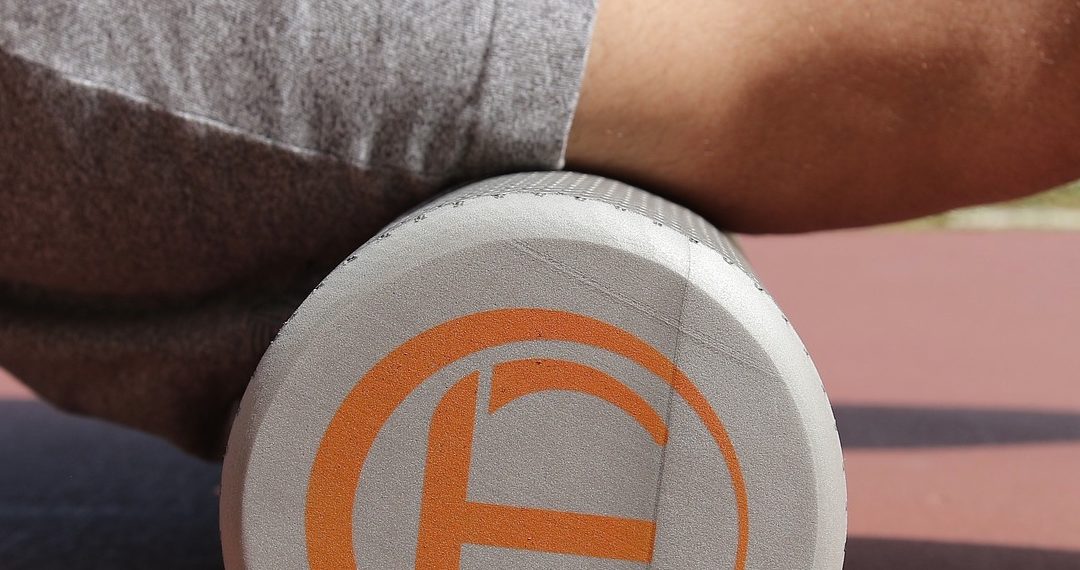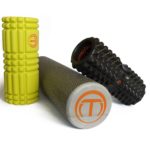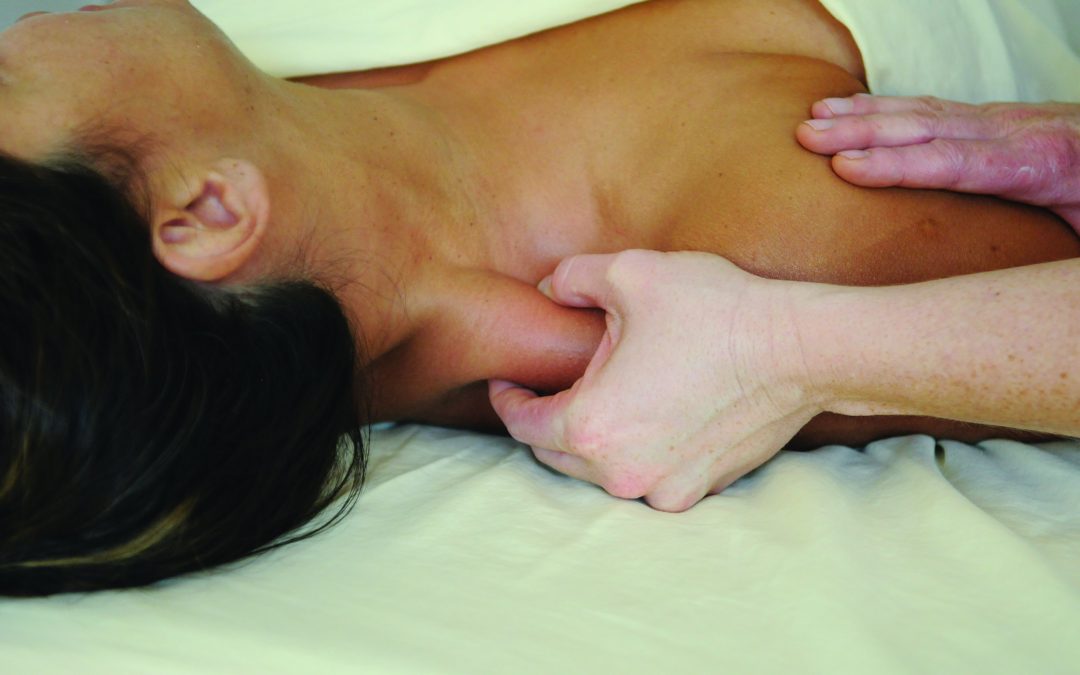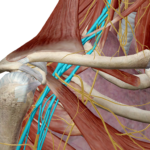by Ross Bergfallk | Jul 24, 2018 | Myofascial Massage
 I was working on a client, helping her legs get ready for the Grandma’s Marathon in Duluth, when I told her, “Be careful of the elephants”. She gave me a puzzled look and asked, “What elephants?”
I was working on a client, helping her legs get ready for the Grandma’s Marathon in Duluth, when I told her, “Be careful of the elephants”. She gave me a puzzled look and asked, “What elephants?”
……………………
It’s that time of year in Minnesota when we all look forward to doing various activities. No matter the activity, whether it’s leisurely gardening or strenuous biking, most of us develop some kind of problems in our journey.
Performance problems.
(more…)
by Ross Bergfallk | Mar 14, 2018 | Myofascial Massage
Anatomists love to separate and name things. Despite their different names and identities, an understanding of three muscles is essential to understanding one of the most common Myofascial pain patterns of the upper back and neck. The three muscles are the Levator Scapulae, the Rhomboid complex, and the Serratus Anterior.
(more…)

by Ross Bergfallk | Dec 4, 2017 | Myofascial Massage
In the last post, I mentioned a few things about foam rolling. It began a series of questions, one of which I would like to address.
Foam rolling because you have an area that is painful may be a waste of your time.
In the Myofascial world, it is important to know about a few painful areas, especially the ones referred to as trigger points. A trigger point can develop in a muscle and fascia. It is a painful “hot spot” usually accompanied by a pain pattern. (more…)

by Ross Bergfallk | Sep 26, 2017 | Myofascial Massage
People often ask … “what do you know about foam rolling?”
Foam rolling is currently being marketed as Self Myofascial Release (SMR). I have seen articles on how it can reduce cellulite. Trainers are saying it can enhance performance. PT’s and Chiro’s tend to like them. A lot of people find them helpful.
Right now we are in a hyper ‘latest and greatest’ marketing phase. The truth, if it sounds too good to be true, it usually is.
Here are a few things I know about foam rollers.
(more…)

by Ross Bergfallk | Apr 12, 2017 | Myofascial Massage
 A client of mine recently read the previous post and asked about her hands going numb when she slept. It was an excellent question.
A client of mine recently read the previous post and asked about her hands going numb when she slept. It was an excellent question.
Why do hands go to sleep when we sleep? They’re tired? 😉
(more…)
by Ross Bergfallk | Apr 5, 2017 | Myofascial Massage
 In the last post I wrote about restrictions, movement and neural gliding.
In the last post I wrote about restrictions, movement and neural gliding.
Two examples come to mind. Thoracic Outlet Syndrome and Piriformis Syndrome. Both of these conditions illustrate myofascial work very well. In this blog, I will focus on Thoracic Outlet Syndrome (TOS).
What the patient experiences
(more…)
 I was working on a client, helping her legs get ready for the Grandma’s Marathon in Duluth, when I told her, “Be careful of the elephants”. She gave me a puzzled look and asked, “What elephants?”
I was working on a client, helping her legs get ready for the Grandma’s Marathon in Duluth, when I told her, “Be careful of the elephants”. She gave me a puzzled look and asked, “What elephants?”





